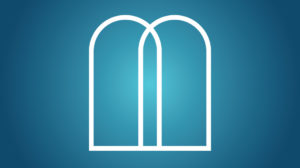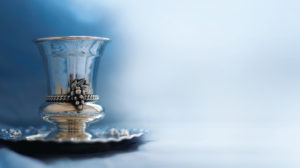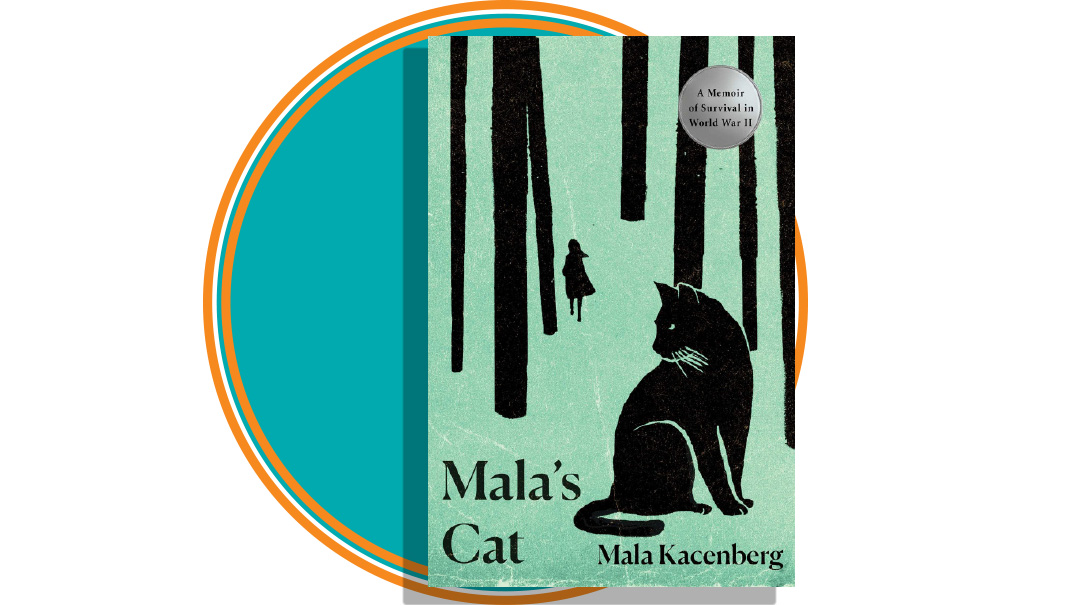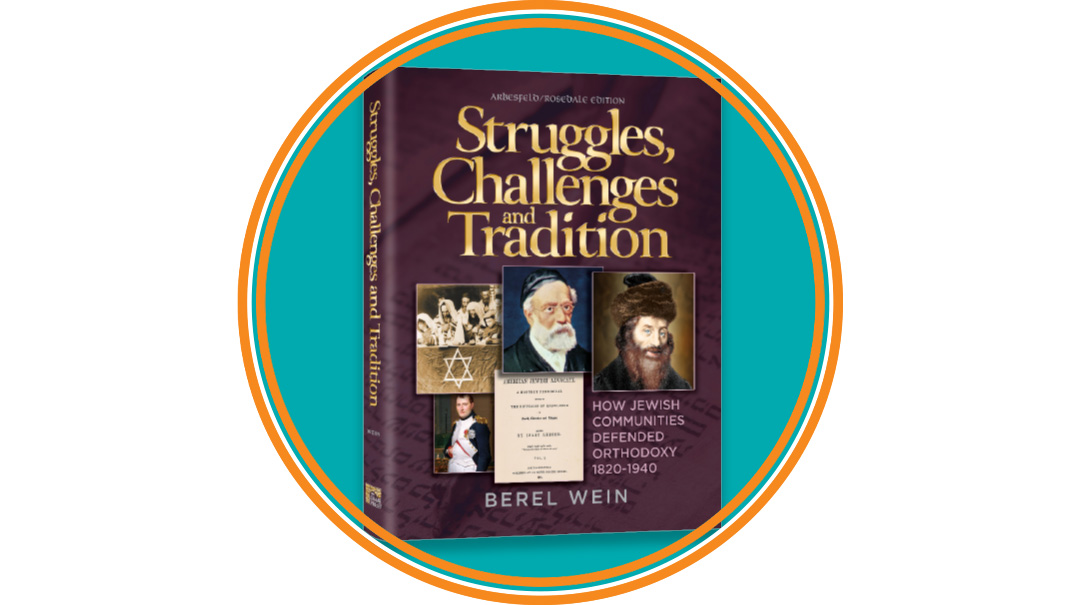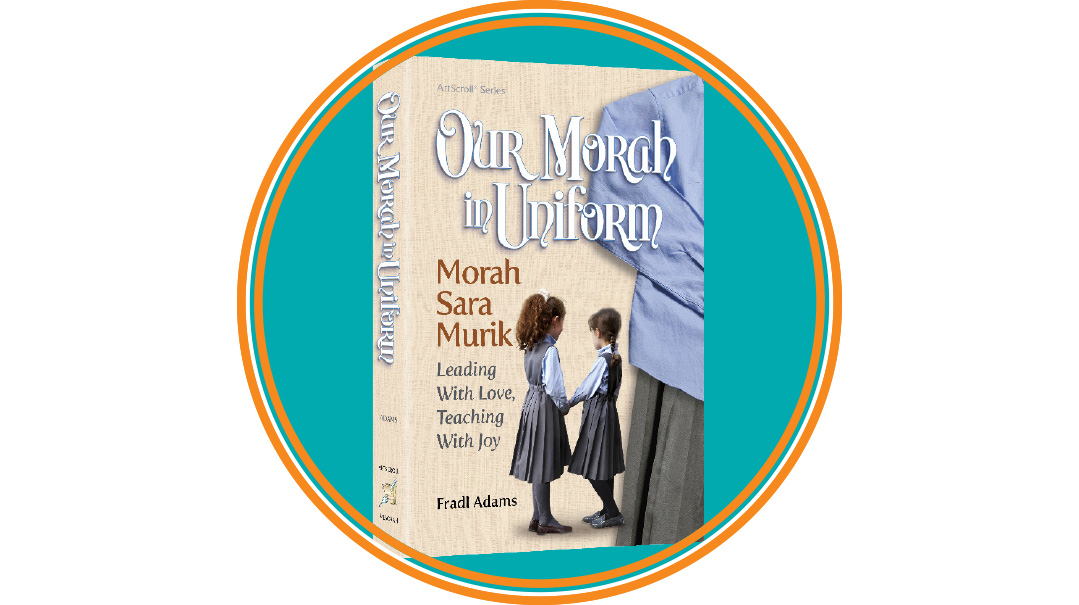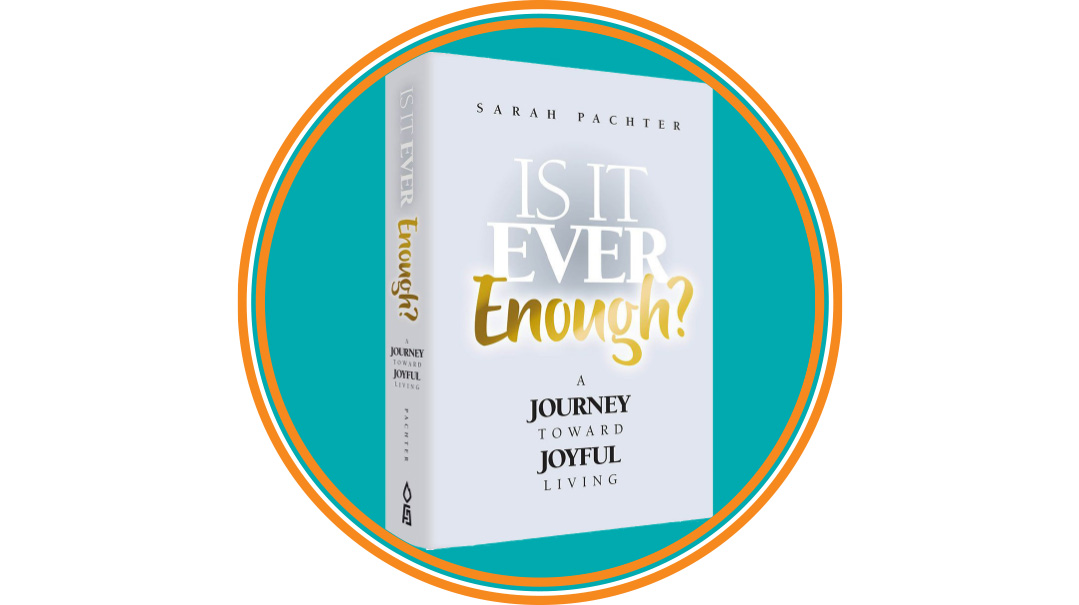A Woman’s Guide to Practical Halachah
| June 15, 2021"I saw how girls and women gravitate to practical halachah; they want to know what they need to do"
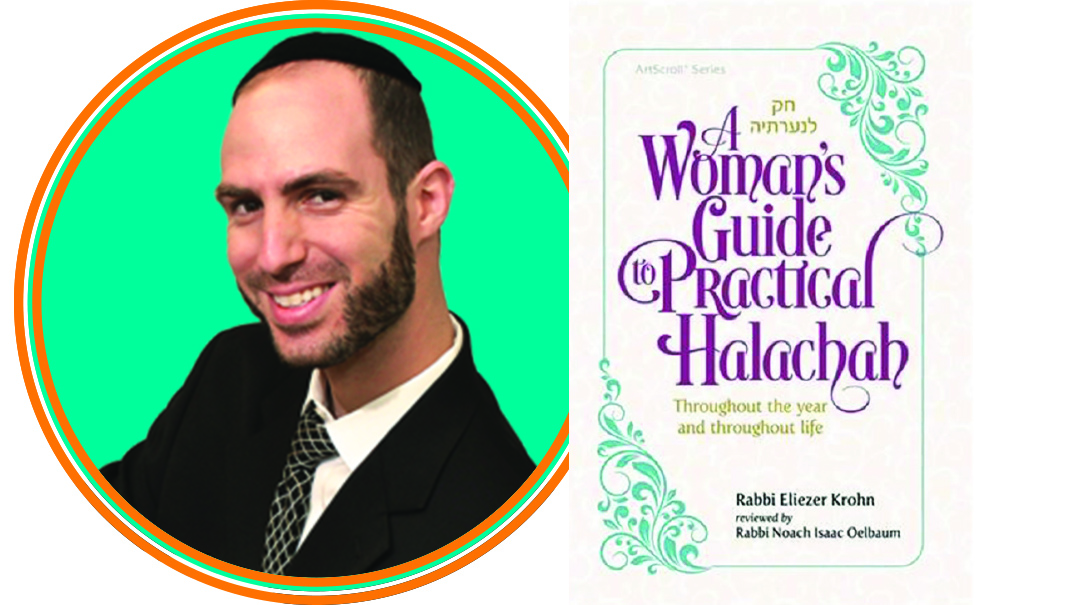
Book: A Woman's Guide to Practical Halachah
Author: Rabbi Eliezer Krohn
Publisher: ArtScroll
Rabbi Krohn in two lines
Rabbi Krohn learned in Yeshiva Shaar HaTorah, Queens, followed by Yeshivas Mir Yerushalayim and Passaic Clifton Community Kollel. A certified mohel, he’s a musmach of Beis Medrash Govoha, rabbinic advisor for Puah, and teaches halachah in Bais Yaakov High School of Passaic, V’at Alis, the New York Seminary, and Reenas Beis Yaakov in Highland Park.
The book in two lines
A sefer of general halachos geared to women. It takes you through your day and your year, using short, easy-to-understand paragraphs, cutting through confusion to offer halachic clarity.
Why I wrote this book
For the past 11 years, I’ve taught halachah in seminaries and to women’ groups. I saw how girls and women gravitate to practical halachah; they want to know what they need to do. Seven years ago, I started working on gathering material for a book.
Students sometimes commented, “Rabbi Krohn, you should write a book.”
“I’m working on it,” I’d reply — but I had no idea how long it would take.
What surprised me along the way
If I had known from the outset how many thousands of hours this book would take, I would not have written it — but I’m happy I didn’t know. After all my work on the manuscript, ArtScroll had it reviewed by several respected talmidei chachamim. Then, their editors worked on the text, making sure it was clear, accurate, and easily understood. I thought this book would be released two years ago, but they kept reviewing it again, which delayed the publication, but raised the standard.
Who the book is for
Women, both single and married. The clarity of the text — thanks to ArtScroll’s meticulous editing — makes it accessible to those less Jewishly educated, while it will serve as a great review for women who did receive a frum education, but may still find surprises. And men can also gain from understanding the halachos relevant to their families and from sections applicable to all, such as halachos of kibbud av va’eim, sheimos, and bal tashchis.
How writing halachah is different from teaching it
In writing, it’s essential for readers to come out with the bottom line, the psak. There are only a handful of cases in the book where I advise readers to ask their rav what to do. Usually, I follow the majority of halachic opinions and draw a line there. In class, a final ruling is also important, but I sometimes say, “Ask your rav,” or “Follow your family minhag,” which is fine in that context.
Dealing with differences in opinion
There’s always machlokes in halachah. My job as a rav is to know whether the opinion is outnumbered — in which case we go with the majority. In cases where there’s no majority, I go with the Mishnah Berurah. That applies even when someone prominent, like the Chazon Ish or Rav Elyashiv, disagrees. I stick to the authority of the Mishnah Berurah, and don’t pick and choose, even though I may quote a dissenting opinion in the footnotes. For questions about technology or situations that arose after the time of the Mishnah Berurah, I follow the majority opinion. Achieving clarity in all cases is what I spent five years of learning and research on.
The section that underwent the most review
The first chapter, about waking up in the morning. There are a lot of halachos that aren’t 100 percent clear in the poskim, so I consulted with rabbanim. When many women who reviewed the book said they were accustomed to doing things differently, I got additional opinions from rabbanim. People aren’t always aware of these halachos.
The least-known halachah
The topic of forbidden images, which speaks about owning statues, dolls, and sheitel heads. It’s a big eye-opener to many people.
Added at the last minute
After I thought I was finished, Rabbi Gedalia Zlotowitz at ArtScroll spoke to me about adding a chapter on aveilus. There are entire seforim on that topic, but the chapter I added had the halachos which apply only to women. Many women have sat shivah and wondered if a husband can provide the seudas havra’ah, if they can use a mirror, or if they can hold their child.
Where I learned the power of writing
I learned that as a child, from my father, Rabbi Paysach Krohn. Since 1984, when he published his sefer on bris milah, then later with his Maggid series, he’s shown how the written word (especially coupled with the power of ArtScroll) really gets around the world. Books can be read and reread forever.
My writing space
I write at the computer in my kitchen. But all my learning and research happens in the beis medrash or in my office.
The period in history I’d want to return to
The time of Matan Torah, when I could have learned directly from Moshe Rabbeinu. But then, I’m not sure what would have happened by the Eigel…
When things got challenging
My parents kept me motivated. My father told me that people think he just “spits out” his books, but the reality is that anything successful takes hard work. When I got frustrated at the long delay, my father encouraged me to hang in there. He said if the satan is giving you a hard time, it will be worth the wait. It was!
What I left unwritten
Rabbi Noach Oelbaum told me to leave out the 39 Melachos of Shabbos, everything about the kosher kitchen, and the halachos of bircas hanehenin (brachos made on food and drink, etc.). He said those are subjects for separate seforim. We also left out halachos that apply only to married women.
What I’m currently reading
The biography of Rabbi Gissinger. As a rav myself, and being involved in helping couples struggling with infertility through Puah, I’m finding the book very inspiring. Rabbi Gissinger was incredible, both for the sheer number of people he helped and the way in which he did it.
What I’d like readers to walk away with
Halachah is about doing what the Torah wants and demands, from the moment we wake up until we go to sleep at night. And through that, we connect to Hashem.
(Originally featured in Family First, Issue 747)
Oops! We could not locate your form.
